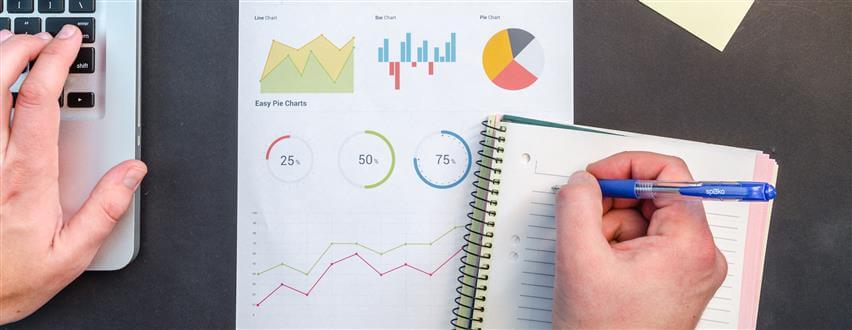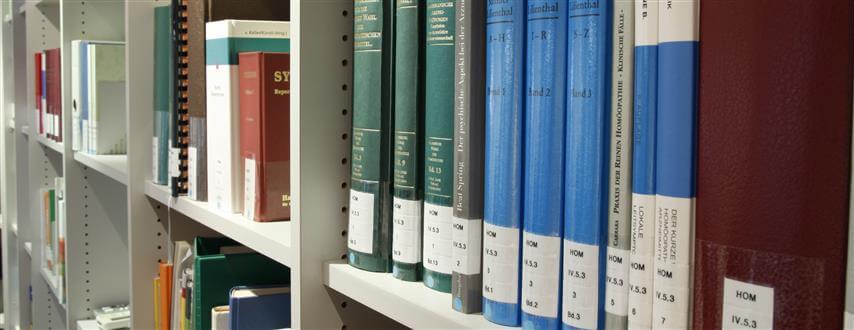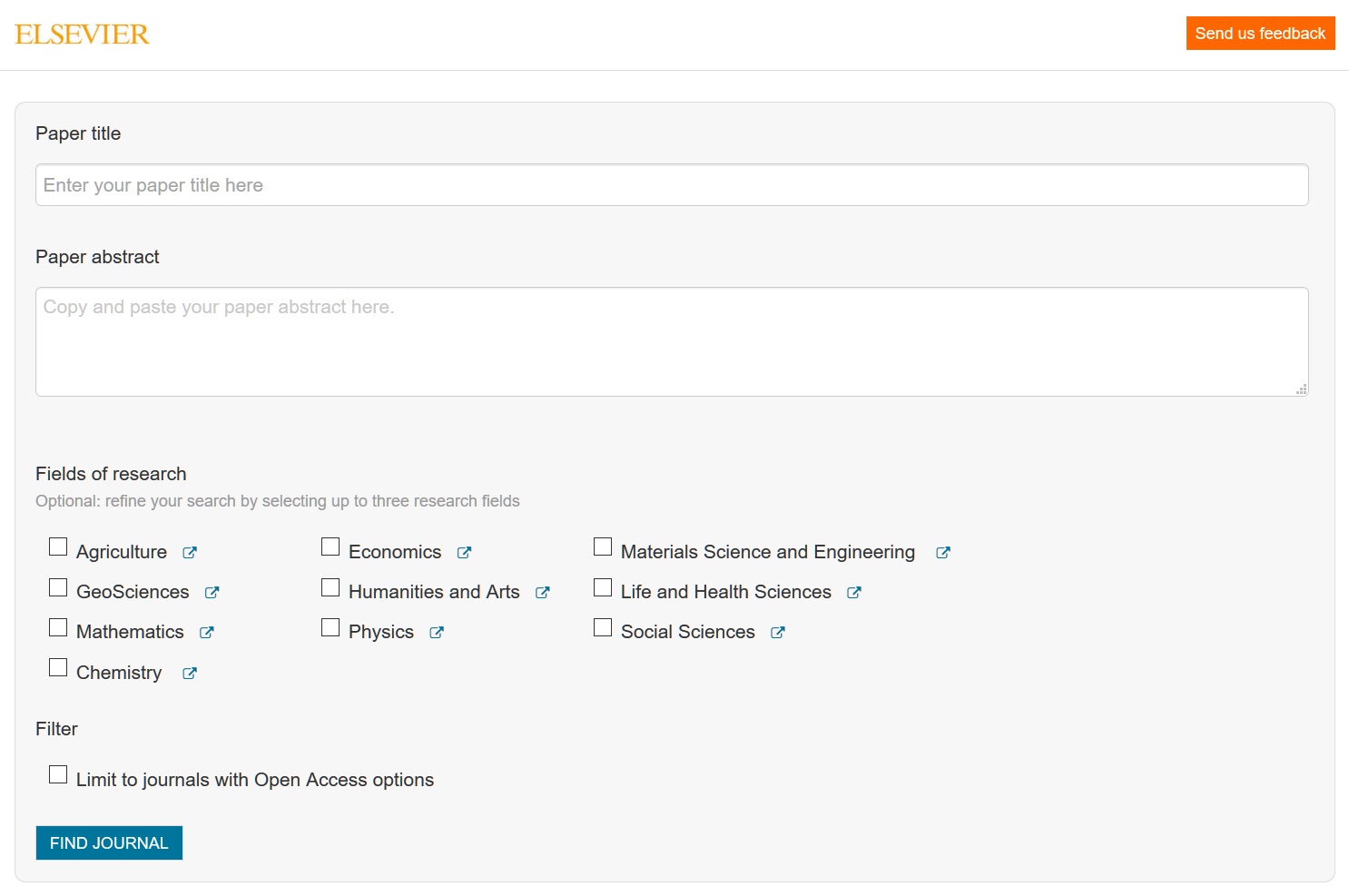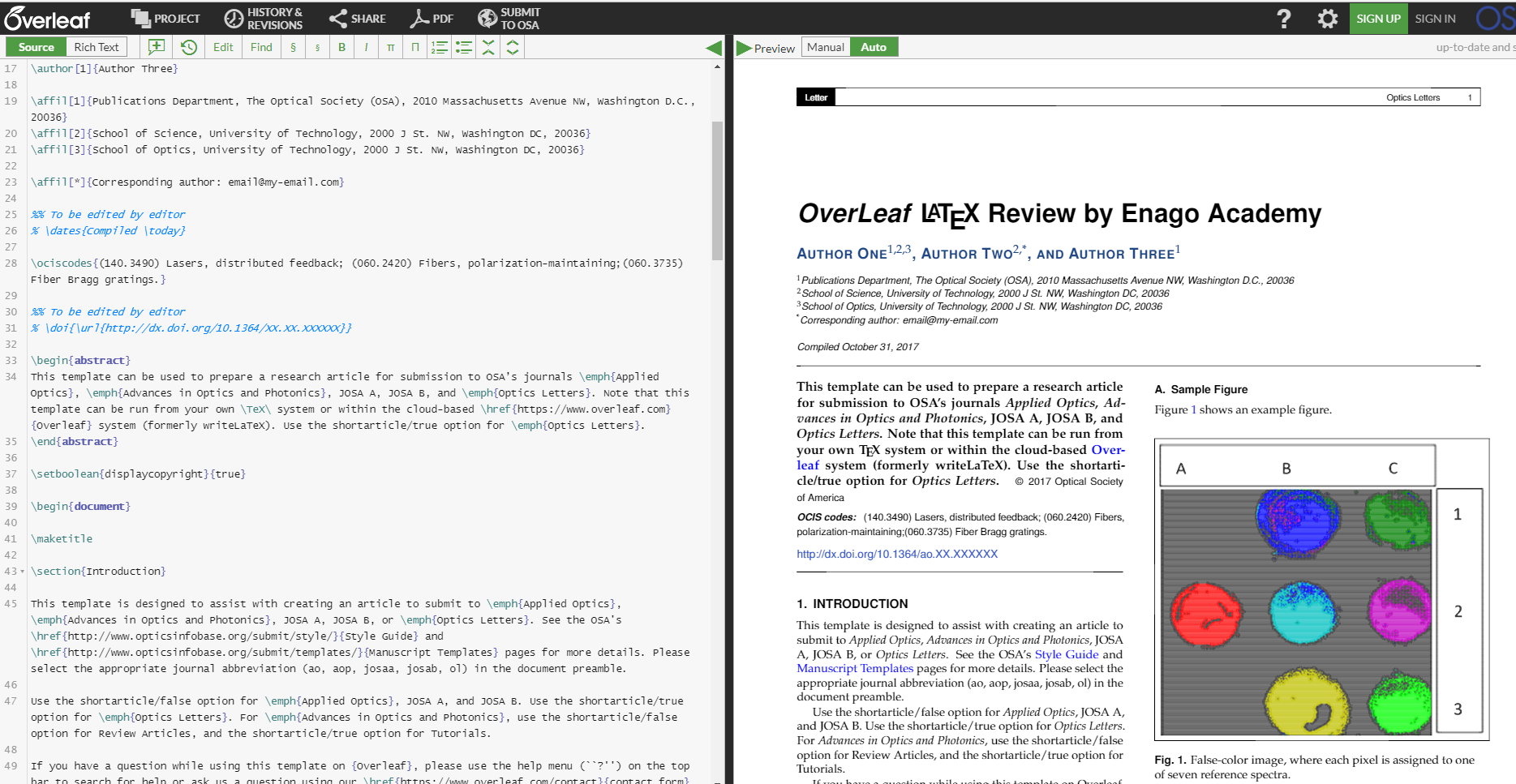
There is a lot of published research data now available and this makes it harder for your target audience to find your academic research. Promoting your research has therefore become very important.
Stand Out From the Crowd
To help you stand out from the crowd, you should have an ORCID profile. This will allow others to find you even if you change your name or institution. Research identifiers such as a DOI can be useful. They can be used to track the interest in your paper.
What are some other ways that you can get more people to read your research?
Step 1: You Need A Strategy
This is something every researcher is familiar with. If you want more people to find your work, think about your audience. Who are they? What are they interested in? Where do they work? Are they only in your department or further afield?
Once you know who they are, think about how to reach them. Where do they spend time online? What types of online habits do they have? Use this information to help you decide where to promote your work. Is Twitter with its very open platform going to reach your audience more effectively or are you more likely to find them on LinkedIn?
You could also look at the strategy other researchers in your field are using. Install the Altmetric bookmarklet in your browser. Then navigate to a paper in your field and click on the Altmetric donut. This will give you details about where members of the public are discussing the paper. Use similar channels to promote your work.
Step 2: How Committed Are You?
Some social media channels require a lot more investment than others. Before you begin, work out how much time you are willing to devote to the channel(s) you chose. Using Twitter means that you will need to tweet several times a day. Some of the tweets should promote and discuss your work. However, most of the tweets should not be about you. Retweet interesting tweets that your followers might like. Reply to other users’ polls and questions. Share research that interests you and tag the authors.
LinkedIn may be a better fit for your schedule if you are very busy. LinkedIn allows you to share updates on your research. It also has a blog-like feature where you can write short articles. This allows you to share your expertise. Of course, if your target audience is not on LinkedIn it would be better to choose a platform where they will see your work.
Be prepared for feedback. There will be honest questions and comments. Some members of the audience may be more interested in starting a fight or advancing their own agenda than what you have written. Remember to engage with each comment respectfully and professionally.
Step 3: Get Involved
Online communities are great but don’t forget to interact in real life too. Is there a club or society that might be interested in your work? Volunteer to give a talk or a seminar at one of their meetings. Again, audience is key. Make sure your presentation is clear to your audience. How you present data at a conference is different from how you give a talk to people who are interested in science but have no formal training.
Step 4: Use Your Email Signature
It can be really easy to add a link to your research in your email signature. It could be a link to your LinkedIn or Kudos profile. This is an easy way to help the people you communicate with find your work.
Step 5: Make it Easy to Read
Create a plain English summary of each paper. This will make each article less intimidating. It will also help people decide if they want to read the full paper. Post this summary on a blog or discussion group that you belong to. If a science reporter sees it, they may contact you for an interview.
Step 6: Use Hashtags
Hashtags are an easy way to find content related to a topic. Twitter is famous for using hashtags. They are basically a topic or phrase with a “#”
at the beginning. Depending on the paper, you could use #science, #microbiology, #astrophysics to categorize your work. Use Hashtagify to identify which hashtags are really popular. Using a popular hashtag makes it more likely that people will find your work.
Step 7: Teamwork
Many journals have a social media strategy to promote articles they publish. The research office at your institution likely has a PR strategy for promoting research that includes social media, email lists, news outlets, and government departments. Speak with them about promoting your work.
It can be a little scary to promote your research at first. However, it is an essential part of attracting grants, collaborators, and students. Use Altmetrics to find out where others in your field are promoting their academic research. Choose a similar platform, being aware of how much time it will take. Use a platform like Kudos to provide a plain English summary of each of your papers. Make sure you use unique research identifiers. Get an ORCID profile to help others keep up with your research data. Above all, participate in the research community.











